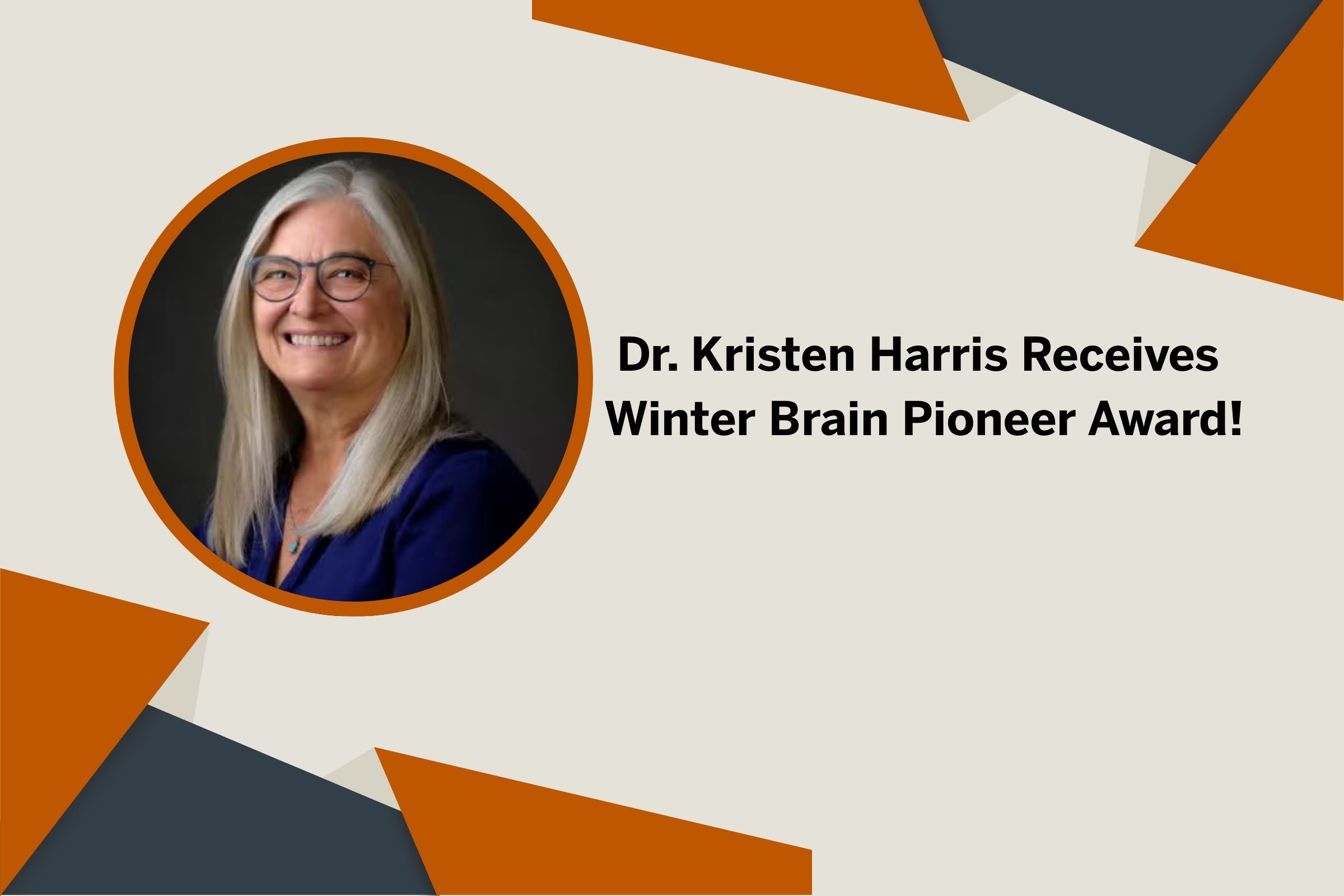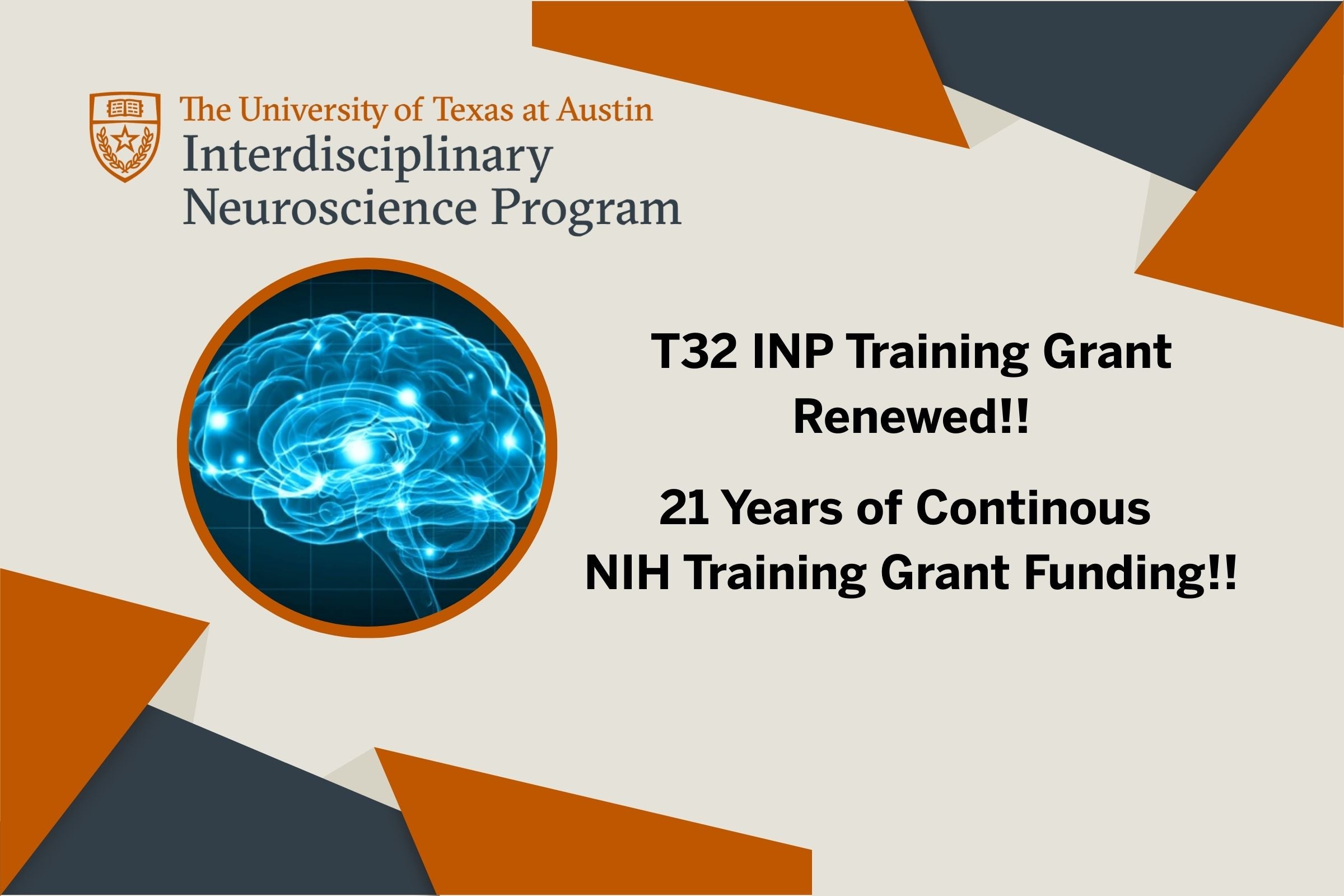Dr. Rick Aldrich awarded the Arthur Kornberg and Paul Berg Lifetime Achievement Award in Biomedical Sciences
STANFORD UNIVERSITY HONORS Richard Aldrich, Jr., PhD ‘80
The Stanford Medicine Alumni Association (SMAA) has announced that Richard Aldrich, Jr., PhD ‘80, will receive the prestigious Arthur Kornberg and Paul Berg Lifetime Achievement Award in Biomedical Sciences. He will be honored at a dinner held on the Stanford School of Medicine campus on November 12, 2022.
“Dr. Aldrich has made extraordinary advances in our understanding of the electrical language of the nervous system through his seminal work with ion channels. We are thrilled to honor his remarkable accomplishments,” says Volney F. Van Dalseem III, BA ’71, MD ‘75, SMAA president.
Dr. Aldrich studies the molecular, biophysical, and physiological functions of ion channels—the molecular units of electrical signaling in cells. They are the proteins that regulate the movement of ions—such as sodium, calcium, and potassium—into and out of cells. They are responsible for the conversion of external sensory signals to the electrical language of the nervous system and for the integration of these signals to generate appropriate behavior. Ion channels are also important for the generation and regulation of the heartbeat, for contraction of muscles, and for the release of hormones in the bloodstream.
Work in the Aldrich Lab is directed towards understanding the mechanisms of ion channel function and the role of ion channels in electrical signaling and physiology. The Aldrich Lab uses a combination of molecular biology, electrophysiology, biophysics, cellular and systems physiology, and computational biology to explore questions about the mechanics and function of ion channels. A second research focus is on the biophysics of the calcium signaling protein calmodulin.
Dr. Aldrich received his PhD in neuroscience from Stanford School of Medicine, and served as a faculty member in the department of neurobiology and subsequently molecular and cellular physiology, where he was department chair from 2001-2004. He is now at the University of Texas at Austin. He has served on the council and as president of the Society of General Physiologists, and of the Biophysical Society. He is also a fellow of the American Academy of Arts and Sciences, the American Association for the Advancement of Sciences, and Sigma Xi, as well as a member of the National Academy of Science.
For more information: http://med.stanford.edu/alumni.html



